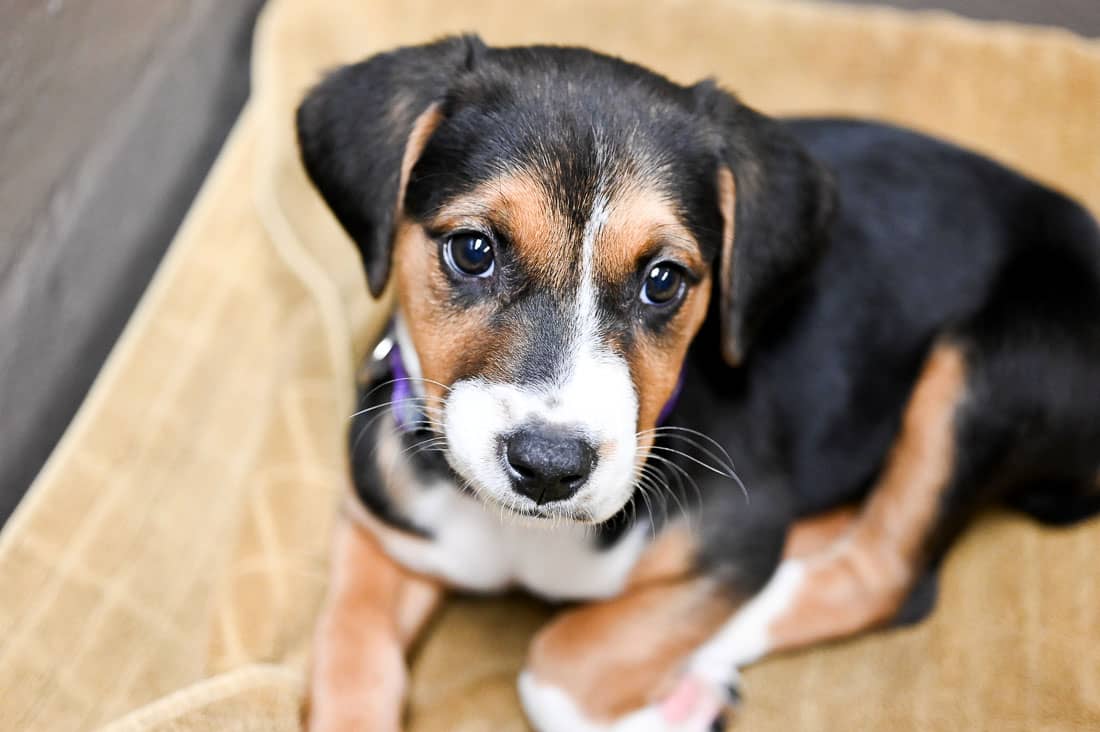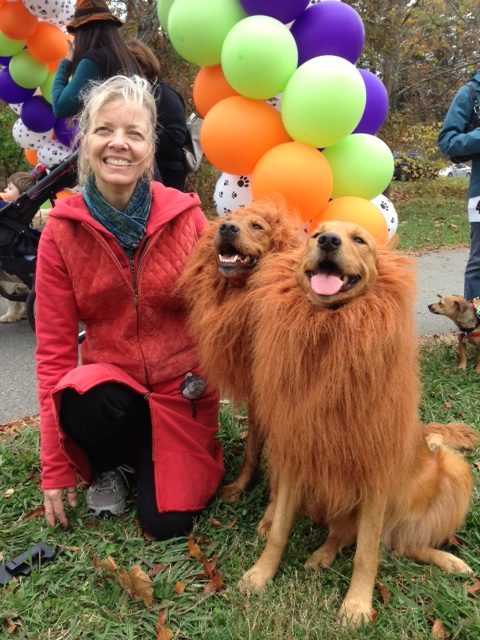Comprehending Canine Body Language During Dog Training
Comprehending Canine Body Language During Dog Training
Blog Article
Vital Tips for Successful Dog Training: A Guide for Family Pet Owners
Efficient pet dog training is a multifaceted process that calls for a tactical approach tailored to both the pet dog's personality and the owner's purposes. Recognizing how to navigate these barriers can significantly improve the training experience, inevitably changing the partnership between owner and canine.
Recognizing Dog Behavior
Understanding pet dog actions is crucial for reliable training and promoting a harmonious relationship between dogs and their proprietors. dog training. Pet dogs interact mainly with body language, vocalizations, and activities, making it crucial for owners to translate these signals accurately.
:max_bytes(150000):strip_icc()/a-dog-trainer-giving-a-hand-command-to-black-labrador-dog--1153579373-cb14c8fb30724468a702c972910c6f2a.jpg)
Socialization plays a considerable function in pet habits; direct exposure to various atmospheres, individuals, and various other animals can considerably affect a dog's character. Additionally, elements such as breed characteristics and individual personality need to direct training methods, as some breeds may have certain behavior traits that demand tailored methods. By comprehending these elements, proprietors can develop a supportive atmosphere that urges favorable actions, resulting in successful training results and a much deeper bond with their pet dogs.
Establishing Constant Commands
Reliable communication with your dog starts with developing regular commands. This fundamental aspect of training is important for cultivating understanding in between you and your pet. Consistency in the commands you use makes certain that your canine can dependably link certain words or phrases with the desired habits.
When picking commands, pick clear, distinctive words that are simple to separate and claim from one an additional. Stay clear of making use of similar-sounding commands that might perplex your dog. Making use of "rest" and "stay" is appropriate, yet "sit" and "hit" could lead to misunderstandings.
Furthermore, keep the very same tone and quantity for every command. Dogs are delicate to singing hints, so differing your tone can produce confusion.
It is just as essential to ensure that all member of the family are on the exact same page relating to the commands utilized. A united front in command usage will avoid mixed signals and strengthen the understanding procedure.
Positive Support Techniques
The power of positive reinforcement in pet training lies in its capability to motivate desired habits via benefits and appreciation. This technique is based in the principle that habits followed by positive outcomes are most likely to be duplicated. By including positive support into your training program, you can successfully form your pet's habits in a constructive manner.
To carry out favorable support, it's vital to identify what inspires your canine, whether it be treats, toys, or verbal praise. When your dog performs a desired action, such as sitting on command, instantly award them with a treat or affection. This association between the command and the favorable outcome reinforces their understanding.
It's essential to timing the benefits properly; providing the support within secs of the desired behavior assists your pet make the link (dog training). Furthermore, consistency is key-- make sure that all family participants use the exact same commands and benefit systems to prevent complication

Slowly, you can lower the frequency of treats as your dog discovers the habits, transitioning to commend or recurring incentives. This method not just cultivates a solid bond between you and your canine yet additionally promotes a favorable discovering atmosphere, making training a pleasurable experience for both.
Socialization and Interaction
Regularly revealing your dog to a variety of settings, people, and other pets is crucial for their social development. Socializing must begin early, ideally during the essential window of 3 to 14 weeks, when puppies are most receptive to new experiences. Nevertheless, older pets can likewise gain from ongoing socialization efforts.
Present your canine to various settings, such as parks, pet-friendly stores, and urban locations. This exposure aids them adjust to numerous stimulations, decreasing anxiety and worry feedbacks. Motivate positive interactions with other pet dogs and people, making certain that these encounters are safe and regulated to promote self-confidence.
Make use of organized playdates with well-mannered dogs, as this can boost your pet look at this now dog's social abilities and show them ideal actions. Obedience classes and training sessions also offer exceptional possibilities for socializing, enabling your canine to engage with others in a monitored environment.
Screen your pet's body language throughout interactions, as this get redirected here will help you evaluate their comfort degree. Slowly raise exposure to even more challenging circumstances while making certain that each experience is favorable. A well-socialized dog is more likely to exhibit well balanced behavior, making them a joy to have in any type of setting.
Resolving Usual Training Challenges
Every pet proprietor will certainly encounter training obstacles at some factor, no matter their dog's age or socialization level. Recognizing common problems such as stubbornness, disturbances, and terror can aid in developing efficient techniques for renovation.

Slowly introduce disturbances as the canine browse around this site ends up being much more skilled in commands. Short, constant training sessions are likewise effective in keeping attention.
Terror can hinder a canine's understanding procedure. Steady desensitization to the resource of fear, coupled with positive reinforcement, can help minimize stress and anxiety. Persistence is critical; never ever require a pet dog into a scenario that creates distress, as this might worsen the problem.
Eventually, understanding and attending to these usual challenges with an organized strategy will cultivate an extra effective training experience, enhancing the bond between pet and owner while promoting effective understanding.
Conclusion
In recap, effective pet training depends on a comprehensive understanding of canine behavior, the facility of constant commands, and the application of favorable support strategies. Socializing plays an essential function in establishing well-adjusted family pets, while attending to typical training difficulties requires patience and adaptability. By applying these essential methods, pet proprietors can foster a strong bond with their pet dogs and advertise desirable habits, ultimately bring about a harmonious relationship in between people and their canine companions.
Understanding dog habits is important for reliable training and promoting an unified partnership in between pooches and their proprietors.Socialization plays a considerable role in dog behavior; direct exposure to various environments, people, and other animals can dramatically impact a dog's temperament.The power of positive support in pet training lies in its capability to motivate wanted habits through incentives and appreciation. By including positive support into your training routine, you can properly shape your pet dog's actions in a positive manner.
In recap, effective pet dog training counts on a thorough understanding of canine habits, the establishment of consistent commands, and the application of positive reinforcement methods.
Report this page